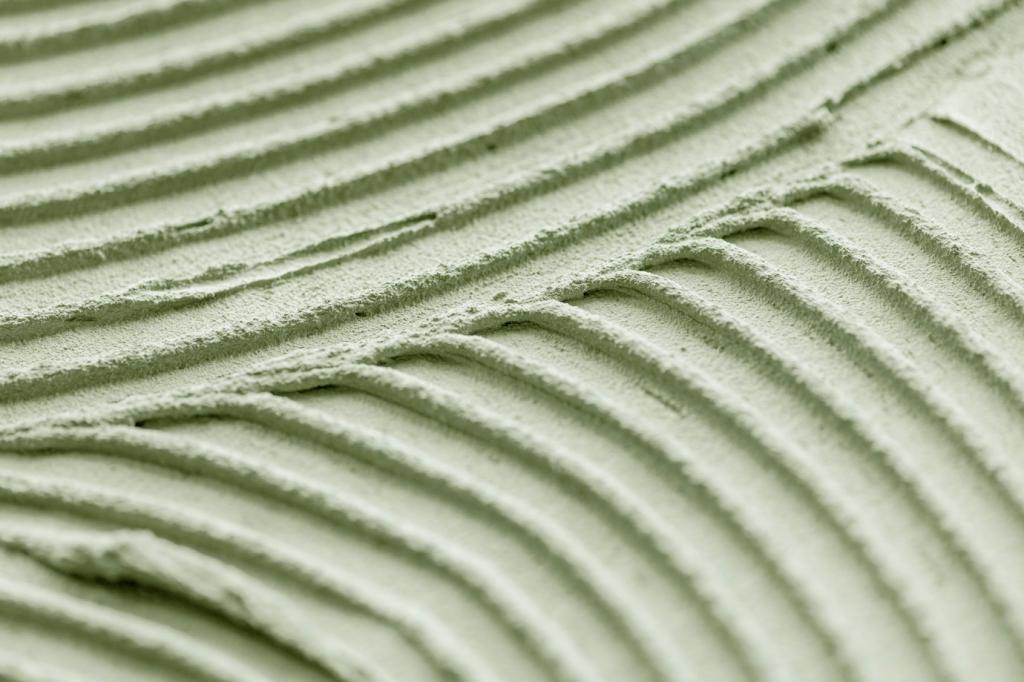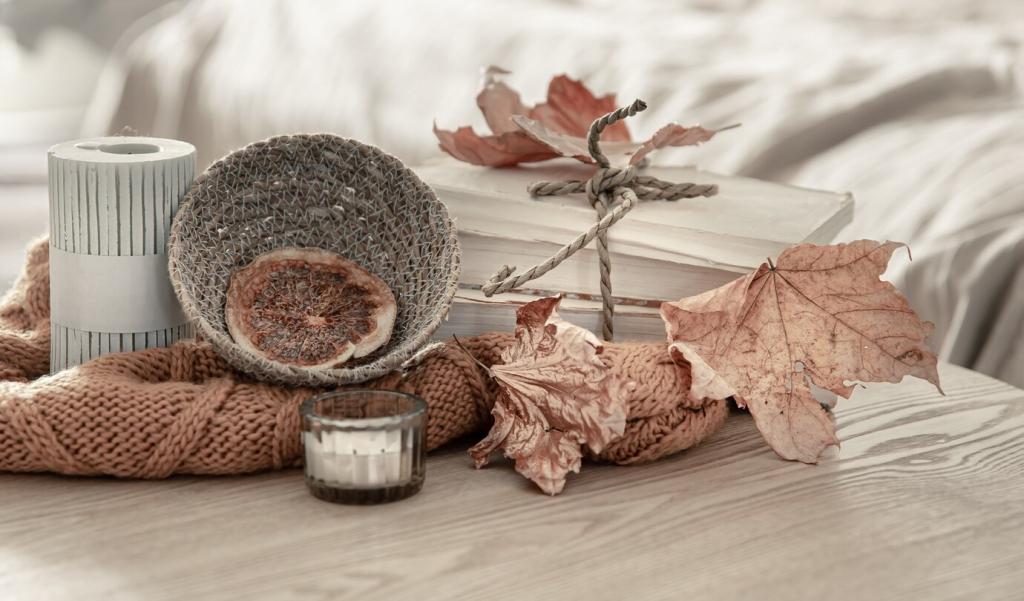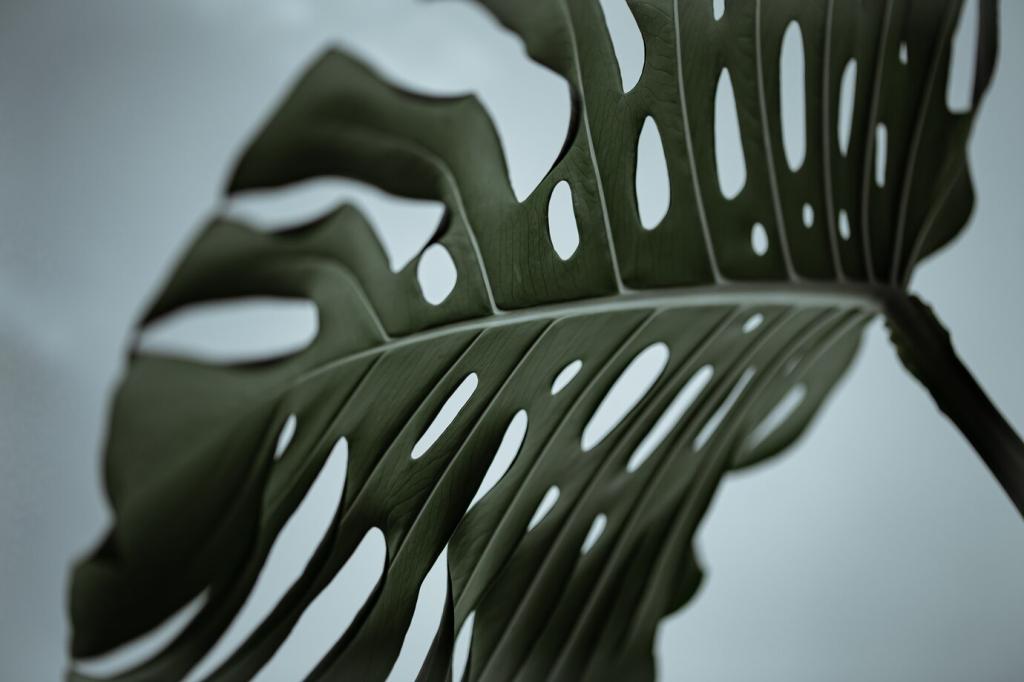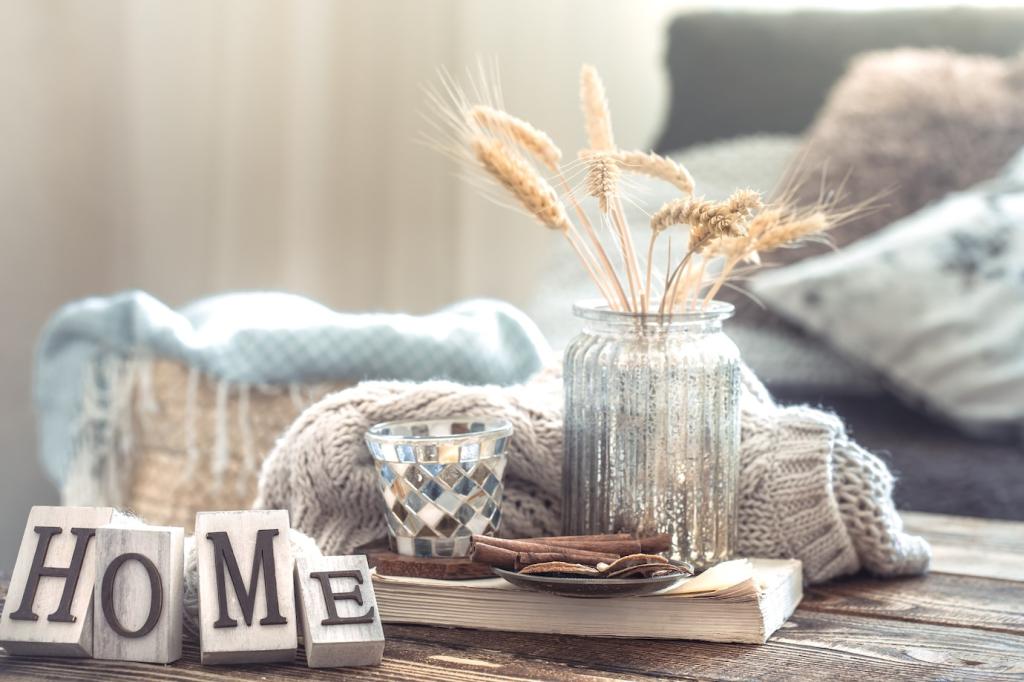Why Energy-Efficient Lighting Matters in Interior Design
Modern LEDs deliver far more lumens per watt than halogens or incandescents, stay cool to the touch, and last for years. Designers love their tunable options, consistent color, and maintenance savings that genuinely simplify daily living.
Why Energy-Efficient Lighting Matters in Interior Design
Choose light by lumens, not watts, then dial color temperature to suit activity and mood. Warmer tones flatter materials and skin; cooler tones sharpen tasks. Balanced distributions reduce eye strain while quietly guiding movement through your space.







